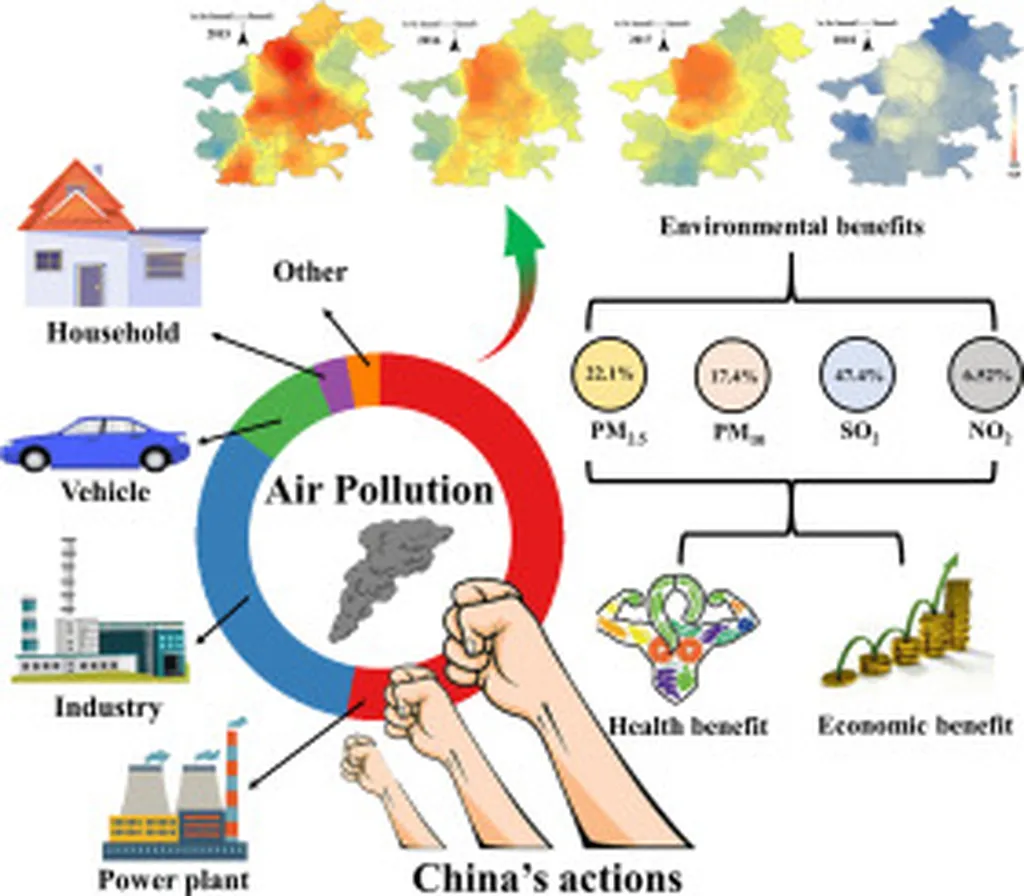In the heart of Shanxi Province, Changzhi City has been under the microscope of environmental scientists, with a recent study shedding light on the city’s air quality and the factors influencing it. Led by XU Shuang from the College of Artificial Intelligence at Taiyuan University of Technology, the research offers a nuanced understanding of Changzhi’s ambient air quality, with implications that resonate through the energy sector and beyond.
The study, published in Taiyuan Ligong Daxue xuebao (Journal of Taiyuan University of Technology), employs a fuzzy mathematics comprehensive evaluation method, providing a more holistic assessment of air quality compared to traditional methods like the AQI and Nemerow index. This approach, according to XU, offers a more comprehensive evaluation of ambient air quality, considering the complex interplay of various pollutants.
Changzhi City has seen a gradual improvement in air quality from 2017 to 2022, with PM10 identified as the primary pollutant. The study found that PM10 levels correlate with PM2.5, SO2, NO2, and CO, but not with O3. This correlation is crucial for the energy sector, as it highlights the need for targeted emission controls. “Understanding these correlations is the first step in developing effective pollution control strategies,” XU noted.
The research also revealed seasonal trends in pollution levels. Concentrations of PM2.5, PM10, CO, NO2, and SO2 peak in the fourth quarter of each year, while the second and third quarters see a decrease. This pattern could influence energy demand and supply strategies, with potential impacts on power generation and industrial activities.
One of the most striking findings is the impact of the COVID-19 pandemic on air quality. The study observed a decrease in all pollution factors during the outbreak, with CO showing the most significant reduction. This trend underscores the potential of behavioral changes and policy interventions in improving air quality.
The implications of this research are far-reaching. For the energy sector, it highlights the need for a more nuanced understanding of pollution dynamics. It also underscores the potential of advanced evaluation methods in informing policy and strategy. As XU puts it, “The fuzzy mathematics comprehensive evaluation method provides a more accurate and comprehensive assessment of air quality, which is crucial for effective pollution control.”
Looking ahead, this research could shape future developments in air quality assessment and pollution control. It could lead to more targeted emission control strategies, improved energy policies, and a better understanding of the complex interplay of pollutants. As Changzhi City continues to grapple with air quality issues, this study offers a beacon of hope, guiding the way towards a cleaner, healthier future.

